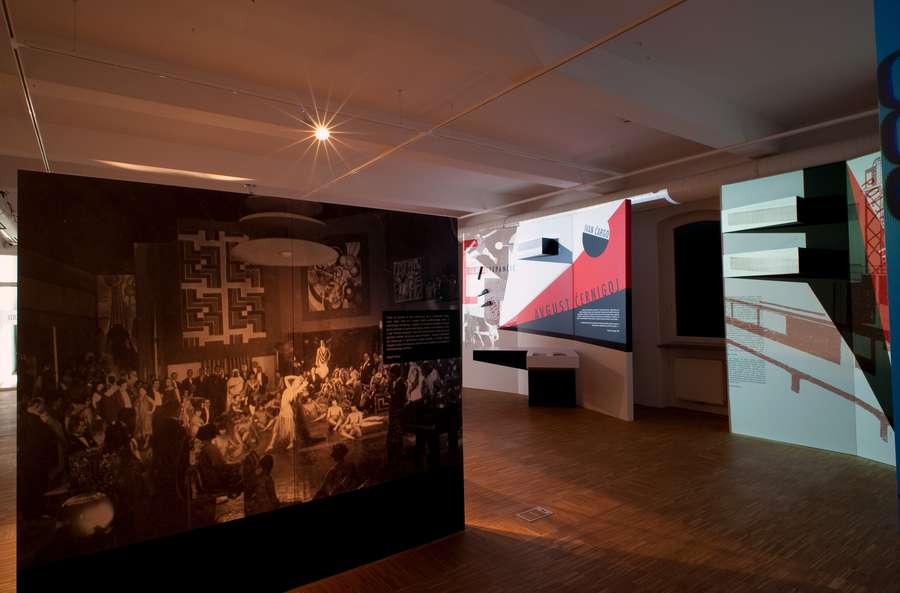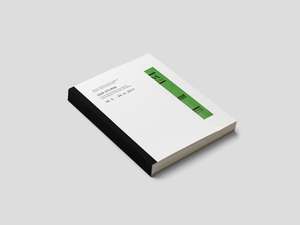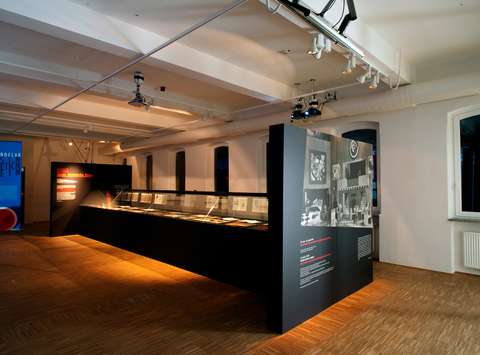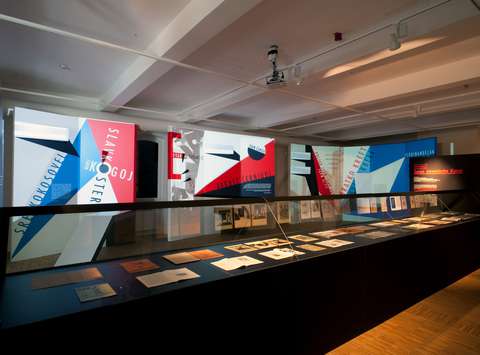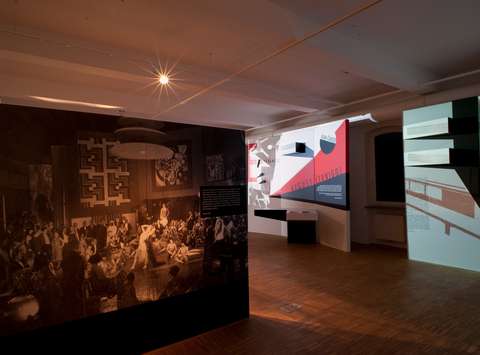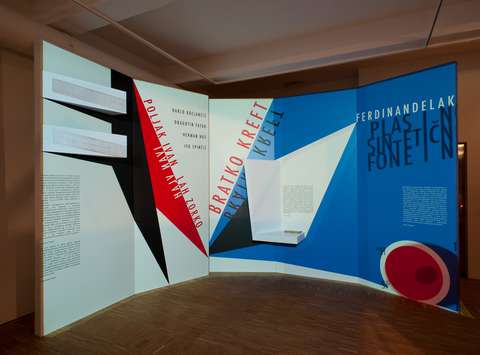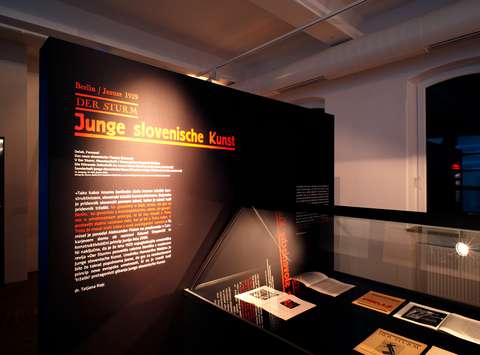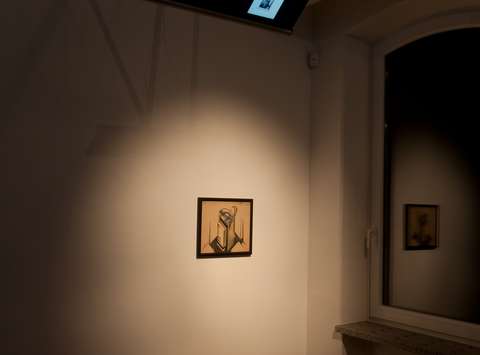Der Sturm
Visual Informans and Slovene Historical Avant-garde
In January 1929 a special edition of Der Sturm art magazine, entitled Junge Slovenische Kunst, flashed in Berlin. This thematic issue No.10 has launched the Europeanisation of Slovene art.
Johannes Holzman, also known in historiography under the pseudonym Senna Hoy, came from a wealthy Jewish family. In 1904, at his early age of twenty-two, he began to publish Der Kampf, an anarchist-leftist magazine that reached the circulation of more than ten thousand copies already in the following year. In this literary, political and anarchistic magazine, he stood up for sexual freedom, including the freedom for homosexuals, although he himself was not gay. Senna Hoy was among the first to publicly advocate tolerance towards the homosexual way of life. His close collaborators and co-editors of Der Kampf were Franz Pfemfert and Herwarth Walden.
Among other things, Der Kampf published a special publication entitled The Third Sex. Ten years later, Franz Pfemfert and Herwarth Walden were editing two utmost intelligent, excellent and wonderful magazines in Germany. Franz Pfemfert was the editor of Die Aktion magazine and Herwarth Walden of Der Sturm magazine. These two art magazines have constructed the 20th century and the stylistic formation Expressionism. Senna Hoy, cofounder and also president of the Human Rights League, died in 1914 at the lunatic division of a tsarist prison in Moscow.
In 1904, an activist and expressionist stylistic formation started to be developed within Der Kampf anarchistic magazine. Strategies of the beautiful and the righteous took form by means of exaggeration and twice-dimmed practice – all these with the sole purpose of sketching both what is yet to come and what is there to last forever.
Between 1911 and 1932, Franz Pfemfert was publishing works by the following authors in his Die Aktion, which was subtitled Magazine for Politics, Literature and Art: Alexander Archipenko, George Grosz, Franz Marz, Henri Matisse, Pablo Picasso, Egon Schiele, Hugo Ball, Andre Gide, Ivan Goll, Heinrich Mann, Erwin Piscator, Ernst Toller, Frank Wedekind, Mikhail Bakunin, Peter Kropotkin, Rosa Luxemburg, Lev Trocki, Karl Liebknecht, and Vladimir Ilich Lenin.
Between 1910 and 1932, Herwarth Walden was publishing authors in his Der Sturm, which was subtitled Magazine for Culture and Art, such as Guillaume Apollinaire, Franz Marz, August Macke, Oskar Kokoschka, Vassily Kandinsky, Adolf Loos, Knut Hamsun, Heinrich Mann, Georges Braque, Robert Delaunay, Gino Severini, Jean Arp, Paul Klee, Pablo Picasso, Edvard Munch, and Kurt Schwitters. Both magazines – Der Sturm and Die Aktion – differed in three segments during these two decades. While each one of them had been building Expressionism as the first Modernist formation, which was their common trait, Der Sturm had also:
1 Faithfully traced the development of other stylistic formations – it was not only constructing and approving Expressionism, but also followed Abstraction, Constructivism, Cubism and Futurism.
2 Followed the development of various phenomena, such as the Bauhaus art school.
3 Traced less visible and even invisible artistic practices as blind spots on the map of geopolitically-marginal territories. Out of this invisible world, which was never methodologically elucidated, shined a special thematic issue of Der Sturm – Junge Slowenische Kunst.
This happened in 1929. Among other exceptional features the Junge Slowenische Kunst issue of Der Sturm magazine also brought a photograph of a masterpiece called Trieste Constructivist Ambience, produced in Trieste in 1927.
In 1933, the man who wrote Mein Kampf became the German chancellor. In this book he argued for the Third Reich.
Dragan Živadinov
Infoaction: REPRINT: Der Sturm / Junge Slovenische Kunst št. 10, January 1929
18. 5. 2011, 20.00
Colophon
Production: Museum and Galleries of LjubljanaCoproduction: Zavod delakProject realisation and selection of the exhibition material: Dragan Živadinov in Miha TuršičExhibition authors: Dragan Živadinov in Miha TuršičCollection of original issues of Der Sturm: Marina Bressan Design: Ajdin BašićRealisation of the exhibition: Technical Service MGMLThe exhibition was made possible by: City of Ljubljana, Department for Culture
Location
Tobačna ulica 1
1000 Ljubljana
Information and reservations:
T +386 1 24 12 500
T +386 1 24 12 506
E prijava@mgml.si
Opening hours
Exhibition space is open according to exhibitions:
Tuesday–Friday: 11:00–19:00
Monday, Saturday, Sunday: Closed
Tickets
Free entry.
